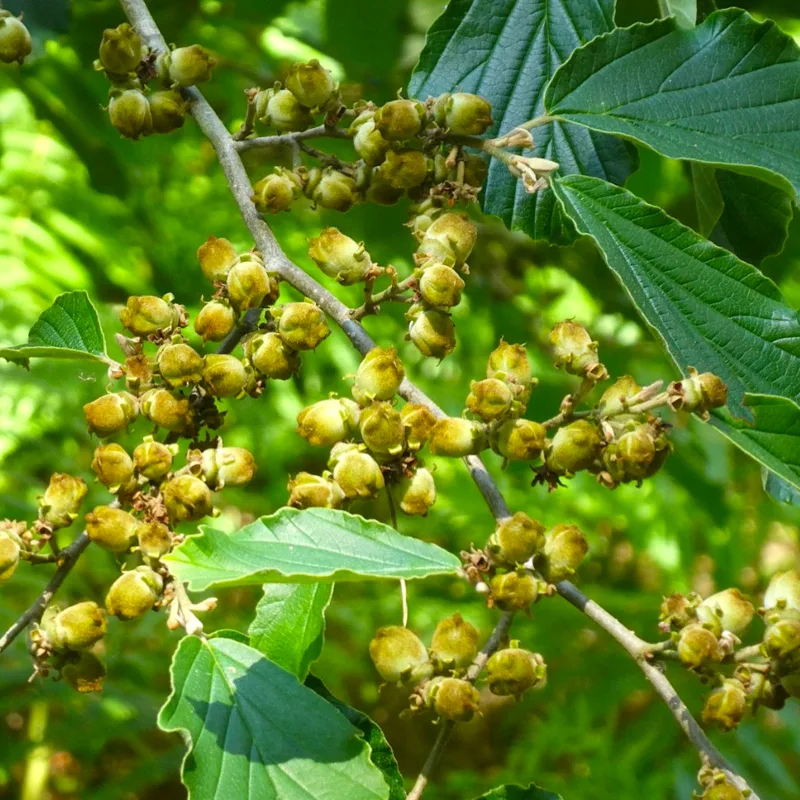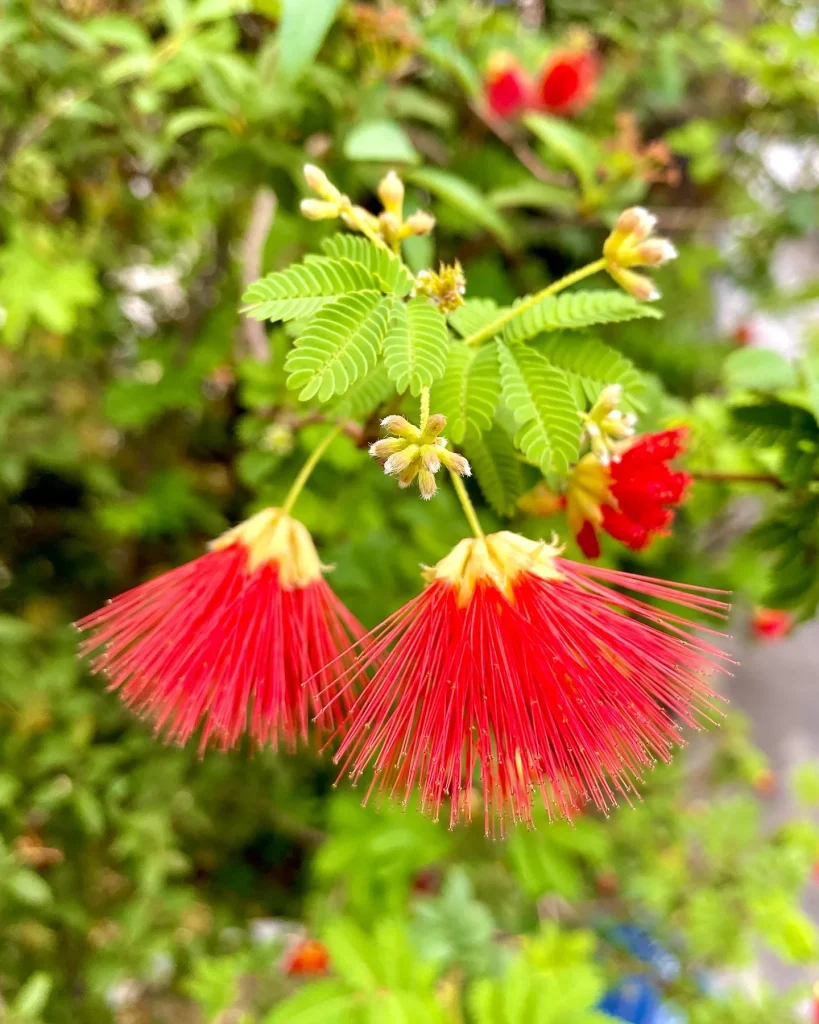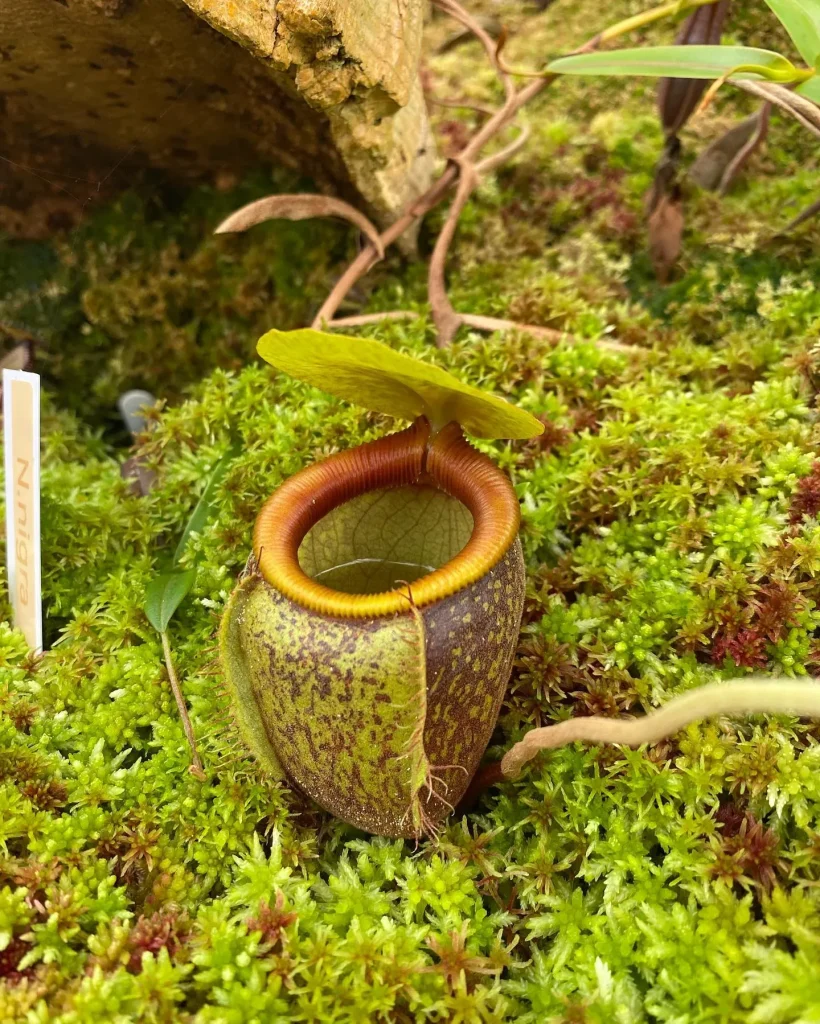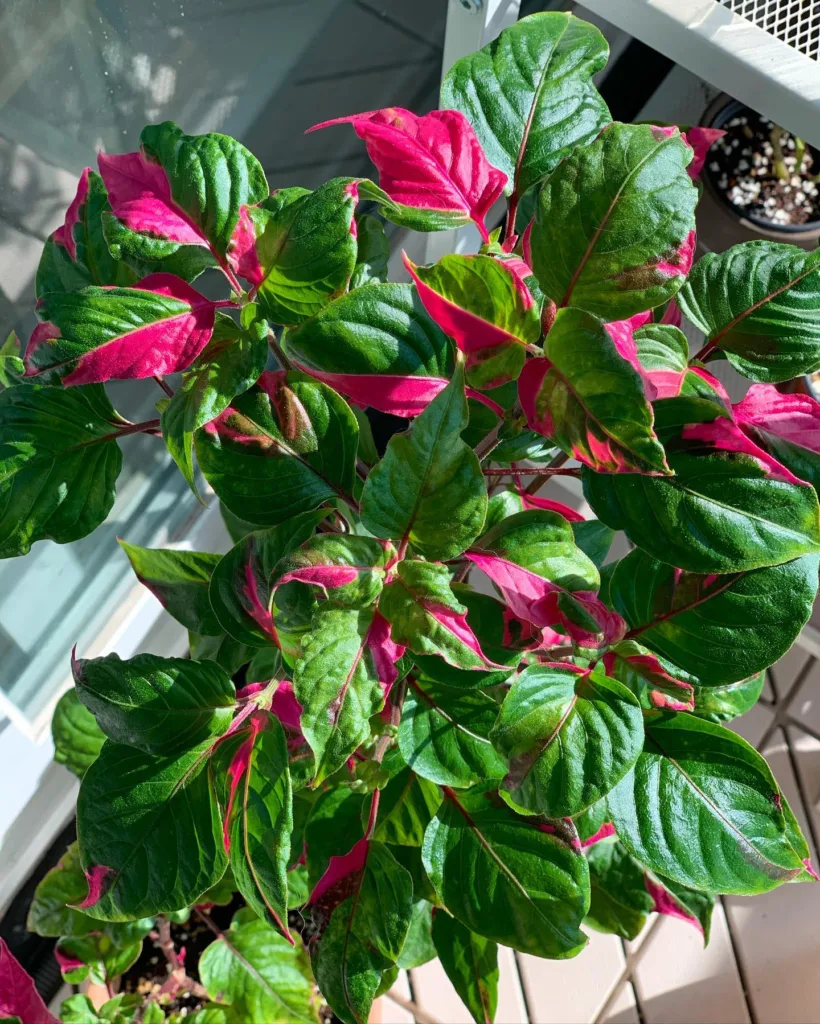
What is Japanese Barberry?
Japanese Barberry, or Berberis Thunbergii, is a deciduous shrub native to Japan. Known for its vibrant red berries and striking fall color, it’s often used in landscaping for its aesthetic appeal. However, its popularity comes with a set of concerns that every gardener should be aware of.
619 Species in Genus Berberis – Barberry
Why is Japanese Barberry Bad?
Japanese Barberry has become notorious for its negative impact on native ecosystems. The primary issue is its invasiveness. Once established, this shrub can quickly outcompete native plants for resources. Its dense growth forms thickets that shade out other vegetation, disrupting local biodiversity. Additionally, Japanese Barberry can alter soil chemistry, making it even harder for native plants to thrive.
Is Japanese Barberry Invasive?
Yes, Japanese Barberry is considered highly invasive in many regions outside its native habitat. It has spread aggressively in the northeastern United States and parts of Canada. The shrub’s ability to self-seed and form dense thickets contributes to its invasive nature, making it a troublesome plant for conservationists and gardeners alike.
Does Japanese Barberry Have Thorns?
Yes, Japanese Barberry does have thorns. These thorns are small but sharp, making the shrub somewhat challenging to handle. The thorns are a natural defense mechanism, deterring herbivores from feeding on the plant. This trait adds to its invasive qualities by making it less appealing for wildlife.
How to Get Rid of Japanese Barberry?
Getting rid of Japanese Barberry can be quite challenging. Mechanical removal involves cutting the shrub down to the ground, followed by digging up the roots. It’s crucial to remove as much of the root system as possible to prevent regrowth. Herbicides can also be effective, particularly those containing glyphosate. However, it’s important to follow application guidelines carefully to minimize environmental impact. Repeated treatments may be necessary for complete eradication.
Is Japanese Barberry Edible?
No, Japanese Barberry is not typically consumed. The berries are technically edible but are not known for their pleasant taste and can be quite tart. They are not commonly used in culinary applications and are more often avoided due to their potential health risks.
Is Japanese Barberry Poisonous?
Japanese Barberry is not classified as highly poisonous, but it is not recommended for consumption. The berries can cause gastrointestinal discomfort if ingested in large quantities. The primary concerns with Japanese Barberry are its invasiveness and the challenges it poses to local ecosystems rather than its toxicity to humans.
How Big Does a Japanese Barberry Get?
Japanese Barberry generally grows between 3 to 6 feet in height, with a similar spread. However, under ideal conditions, it can exceed these dimensions. Its compact, dense growth habit makes it a popular choice for hedges and borders, but also contributes to its invasive tendencies.
How to Identify Japanese Barberry?
Identifying Japanese Barberry is relatively straightforward. Look for a shrub with small, oval leaves that turn vibrant red or orange in the fall. The plant produces small, yellow flowers in early spring, which give way to bright red berries. Thorns along the stems and its dense, twiggy appearance are also key identification features.
Is Japanese Barberry Evergreen?
No, Japanese Barberry is not evergreen. It is a deciduous shrub, meaning it loses its leaves in the fall. While it offers year-round visual interest with its berries and fall color, it does not retain its foliage through the winter months.
Japanese Barberry vs Common Barberry
Japanese Barberry and Common Barberry (Berberis vulgaris) share some similarities but also notable differences. Common Barberry is native to Europe and parts of Asia and is also considered invasive in many areas. However, Japanese Barberry tends to be more aggressive in its spread and has a broader range of adaptations, making it a more widespread issue in the U.S. and Canada.
Japanese Barberry vs Burning Bush
Japanese Barberry and Burning Bush (Euonymus alatus) are both popular landscaping plants, but they differ significantly. Burning Bush is known for its striking red fall color and is also considered invasive in many regions. However, Burning Bush tends to be less problematic in terms of soil alteration and density compared to Japanese Barberry.
Japanese Barberry vs Purple Barberry
Purple Barberry, also known as Berberis thunbergii ‘Atropurpurea’, is a variety of Japanese Barberry with deep purple foliage. While both plants share the same invasive tendencies and overall appearance, Purple Barberry is specifically valued for its unique color. However, it carries the same ecological risks as the standard Japanese Barberry.
How to Care for Japanese Barberry?
Caring for Japanese Barberry involves providing it with full sun to partial shade and well-drained soil. It’s relatively low-maintenance once established, requiring occasional pruning to maintain its shape and remove any dead or diseased branches. However, gardeners should be cautious of its invasive nature and manage it carefully to prevent unwanted spread.
How to Propagate Japanese Barberry?
Japanese Barberry can be propagated through seeds, cuttings, or division. Seeds should be stratified before planting to improve germination rates. Cuttings should be taken from healthy plants and treated with rooting hormone to encourage growth. Division involves separating established plants and replanting them, which can also help in managing its spread.
What to Plant With Japanese Barberry?
When planting alongside Japanese Barberry, consider using plants that can tolerate similar conditions but are not easily overshadowed. Companion plants might include other shrubs that can handle competition for resources or ground covers that can fill in spaces without being overrun.
Common Problems with Japanese Barberry
Common problems with Japanese Barberry include its invasive spread and potential to create dense thickets that are difficult to manage. It can also attract pests like aphids and scale insects, which may require treatment. Regular monitoring and maintenance are crucial to keep it under control.
By understanding these aspects of Japanese Barberry, you can make informed decisions about how to handle this shrub in your garden or landscape.
If i die, water my plants!



